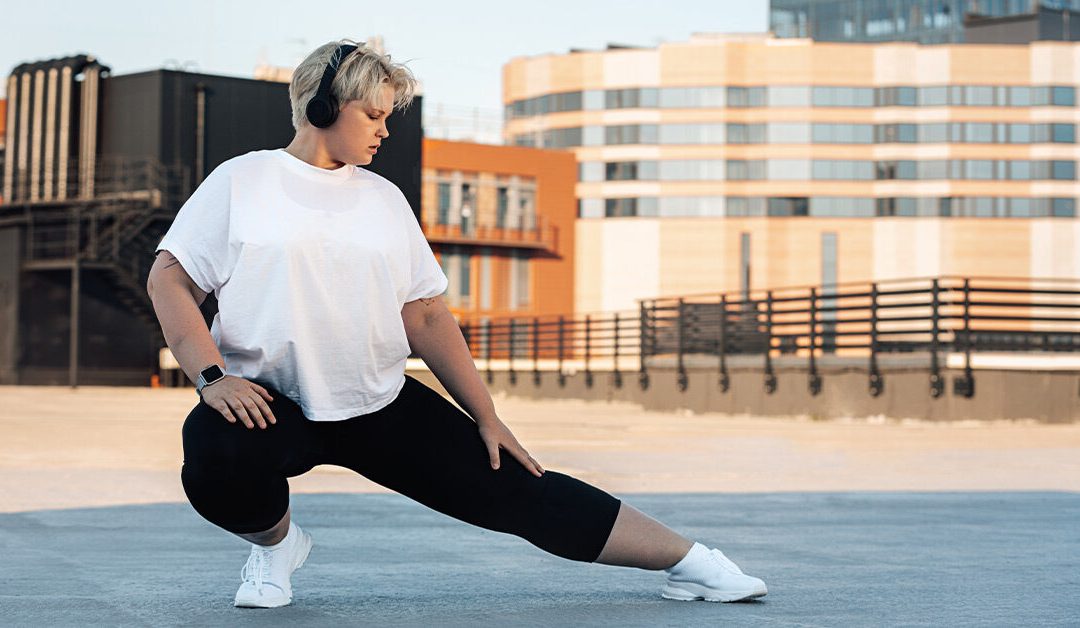Kaitlyn Baird, MA, exercise physiologist at NYU Langone Health’s Sports Performance Center, told Healthline that, in general, as gyms and group fitness studios have reopened, she’s observed increasingly “more people getting out there and engaging in fitness.
“Since everyone has a different level of comfort around social distancing and mask wearing, I have seen an increased demand for smaller group fitness classes, outdoor classes, and more people walking and running outside on their own. People seem to be putting a little more time into planning their workouts,” said Baird, who was not affiliated with the RunRepeat survey.
“The lockdown of 2020 made it difficult for everyone to socialize and kept everyone at home, and I think that led to people wanting to fill that time with something positive.
“If they were able to establish a regular routine of physical activity, whether that was virtual classes or outdoor walking and jogging, there seems to be a desire to keep that time available even as things open back up,” she added.
When it comes to those who were less active than others before the pandemic, Baird says she has definitely noticed anecdotal evidence that complements the survey results. She said the adoption of virtual fitness programs for those sheltering at home “opened the door” for people to “try new forms of physical activity” they might not have gravitated to before.
“There was also a wave of new at-home fitness equipment and class subscription offerings, which many people turned to immediately following the shutdown,” she said. “Since people didn’t have to commute, they got some time back in their day. Many people I have spoken to found that to be one positive coming out of a very tough time.”
One challenge some of the recent exercise adopters might face during this time is adhering to their new behaviors. If you’re starting a new routine while getting back to the grind of a 9-to-5 office job, how difficult is it to maintain that new behavior?
Rizzo said that it’s generally hard for people to keep new behaviors and make them a standard part of their days.
“We’ve seen a lot of people struggle, maybe they struggled during the pandemic, maybe they didn’t feel good about themselves, and they decided to go get back in shape. They were maybe feeling motivated to address some of these things,” Rizzo said. “For these people, the pandemic and a return to work offered a great boon to get more active, but now it’s about whether they maintain these behaviors.”
Baird said that the strategy for how these people approach fitness “has to change a little” in order for them to maintain new behaviors they might be adopting now that they’re heading back to office culture.
“For people who really got started during the shutdown, the strategy was to fit movement into their day, and they may not have had too many other things to balance. In that way, the motivation may have been high, with little downside. As more things become available again, people have to weigh the pros and cons of each,” she said.
“Do I socialize or workout? Do I spend time with my family or work out? These can be hard to balance, so the strategy has to change. That is why I think many people are planning their workouts more thoughtfully.
“Many people felt the benefits of being more physically active — both physically and mentally — and it seems to be a priority in a way it maybe hadn’t been prior to the shutdown,” she explained.
When asked what activities people can adopt and how they can incorporate them into their lives and sustain that behavior, Baird suggested that people have to “like” what they are doing. It can’t be a chore.
“Whether it’s the type of workout, the instructor, or the people you are with, having those positive associations with physical activity can be a great motivator,” she said. “How hard is it to maintain a regular, consistent physical fitness routine? That is difficult to answer even before the pandemic because everyone has different things to balance. Keeping up with a routine not only involves resources, time, motivation, and proper guidance, but also behavior.”
She said that “one thing we can all agree on” when assessing the pandemic is that it has been “emotionally very taxing.” Exercise can be the perfect way to improve one’s sense of well-being, mood, energy, and cognitive functioning, she stressed.
Baird said it’s important to start low with less strenuous activities and progress gradually. Additionally, incorporate movement in your regular errands. If you can safely walk somewhere like the store or to meet a friend, do so rather than hopping in the car.
Finding a workout buddy is another way you can motivate yourself to maintain a new exercise behavior.
“If you like data, try using a workout app to keep track of your physical activity. Many apps will gamify your week with incentives and awards. Who doesn’t love a gold star at the end of the week?” she said. “Try something new, because many classes are outside or smaller in size, now can be a great time to try a new activity.”
This content was originally published here.

